OVERVIEW
In June of 2016, the FASB issued Accounting Standards Update 2016-13, Financial Instruments – Credit Losses (CECL – Current Expected Credit Losses), which requires a financial asset (or a group of financial assets) measured at amortized cost basis to be presented at the net amount expected to be collected. This requirement eliminates the probable initial recognition threshold in current GAAP which has delayed recognition of credit losses until the loss was probable. Instead, the new treatment will better reflect an entity’s current estimate of all expected credit losses. In November 2019, FASB issued ASU 2019-10 which defers the effective date for implementation of this guidance.
MAIN CONCEPTS
- This new guidance will have a wide-spread impact for any entity that holds financial debt assets and other instruments not measured at fair value, and will significantly change how credit losses are accounted for.
- For certain assets, such as held-to-maturity debt securities, loans held for investment, and trade receivables, entities will be required to estimate lifelong expected credit losses allowance, resulting in the earlier recognition of credit losses through the income statement as credit loss expense.
- For available-for-sale (AFS) debt securities, even though the debt security is already recorded at fair value, entities will still need to determine how much of the variance between the contractual value and the fair value relates to interest risk and credit risk. An allowance for credit losses will be established with changes in the allowance to be recorded as a credit loss expense. The portion of changes in fair value not related to credit loss will continue to be reported in other comprehensive income.
- CECL allows great flexibility in choosing the methodology for estimating expected credit losses, as long as the methods are reasonable and supportable, are applied consistently over time, and reflect the net amounts management expects to collect. The methods may also vary by the financial assets type, the ability to predict cash flows and the information available.
- The new guidance will result in additional required disclosures, in particular new disclosures related to establishing an allowance for available-for-sale debt securities. Additionally, new disclosures will be required to help financial statement users understand management’s assumptions that were used in estimating expected credit losses on loans and trade receivables.
- For non-public entities, this new guidance is effective for annual periods beginning after December 15, 2021.
SUMMARY OF KEY CONSIDERATIONS
The table below summarizes the key changes, categorized by different common financial instruments. Note that this list is not comprehensive of all types of financial instruments.
| Accounts Receivable, Held-to-Maturity (HTM) Debt Securities, and Loans Held for Investment | Available-for-Sale (AFS) Debt Securities | |
| Key Changes from Current GAAP | Losses are now considered over the contractual life of the financial instrument.
Pool-base assumptions are to be used, meaning similar assets are pooled together for the purpose of CECL analysis. Economic conditions should be considered in the expected credit loss model, which now includes management’s expectations of future economic conditions. |
Length of time an instrument has been impaired can no longer be considered when evaluating potential credit losses.
An allowance for credit losses is now recorded, as opposed to a reduction in the amortized cost basis under the current other-than-temporary impairments (OTTI) model. Credit losses are limited to the excess of amortized cost over fair value. |
| Impairment Model Used | Estimate of expected lifetime credit losses (CECL) model, ASC 326-20.
The allowance established is to be based on expected credit losses over the lifetime of the asset, with the offset running through current year earnings. Currently, losses are recognized when a loss has been incurred as of the balance sheet date. The intent of this allowance is for the financial assets on the balance sheet to reflect the net amount expected to be collected. |
AFS debt securities model, ASC 326-30.
Entities will establish an allowance for credit losses, which is limited to the fair value of the AFS debt securities held. Fair value is used as the “floor” as management can elect to sell these assets at fair value to avoid a credit loss, where that is generally not the case for HTM securities. Currently, OTTI are being recognized on these investments at the time such determination is made. |
SUMMARY OF KEY CONSIDERATIONS (CONTINUED)
| Accounts Receivable, Held-to-Maturity (HTM) Debt Securities, and Loans Held for Investment | Available-for-Sale (AFS) Debt Securities | |
| Financial Statement Impacts | Enhanced disclosures likely for most entities. Credit losses may ultimately be recognized earlier, and on instruments that may not have previously been determined to be impaired. Due to these increased impairments, earnings may become more volatile. | Enhanced disclosures likely for most entities. Credit losses may ultimately be recognized earlier, as entities are no longer permitted to consider the length of time the securities has been impaired when determining whether or not an allowance is required. |
PLANNING FOR IMPLEMENTATION
Entities should begin planning for the impacts that CECL will have on their entity during the first effective reporting year, which will be calendar year 2022 for most entities. Guidance on CECL is complex and has several new concepts that will make the transition more difficult. Issues with implementation can be expected to be addressed by the FASB and Transition Resource Group (TRG) in the months and years leading up to the implementation date for non-public entities. For more information on CECL contact Larson & Company today.


.png)



